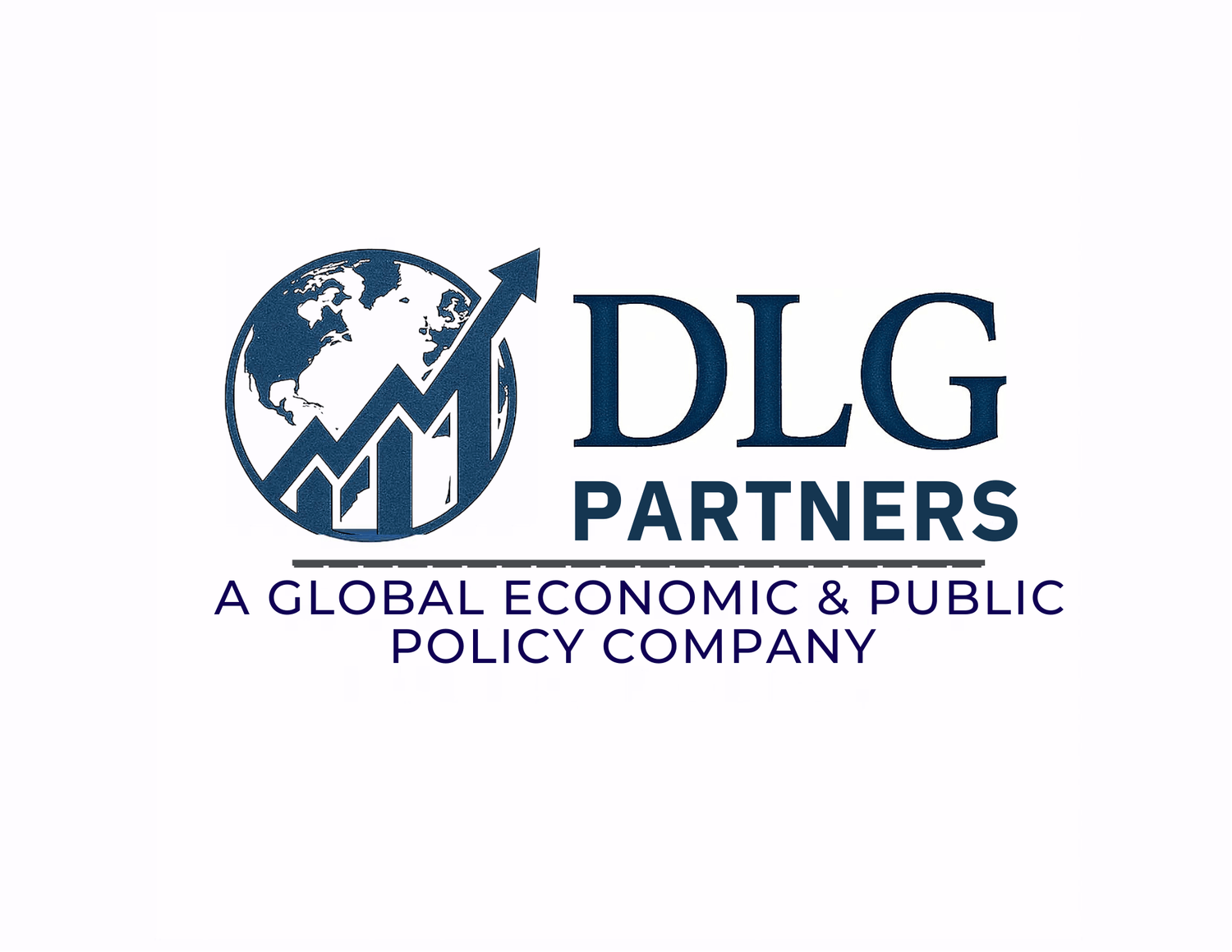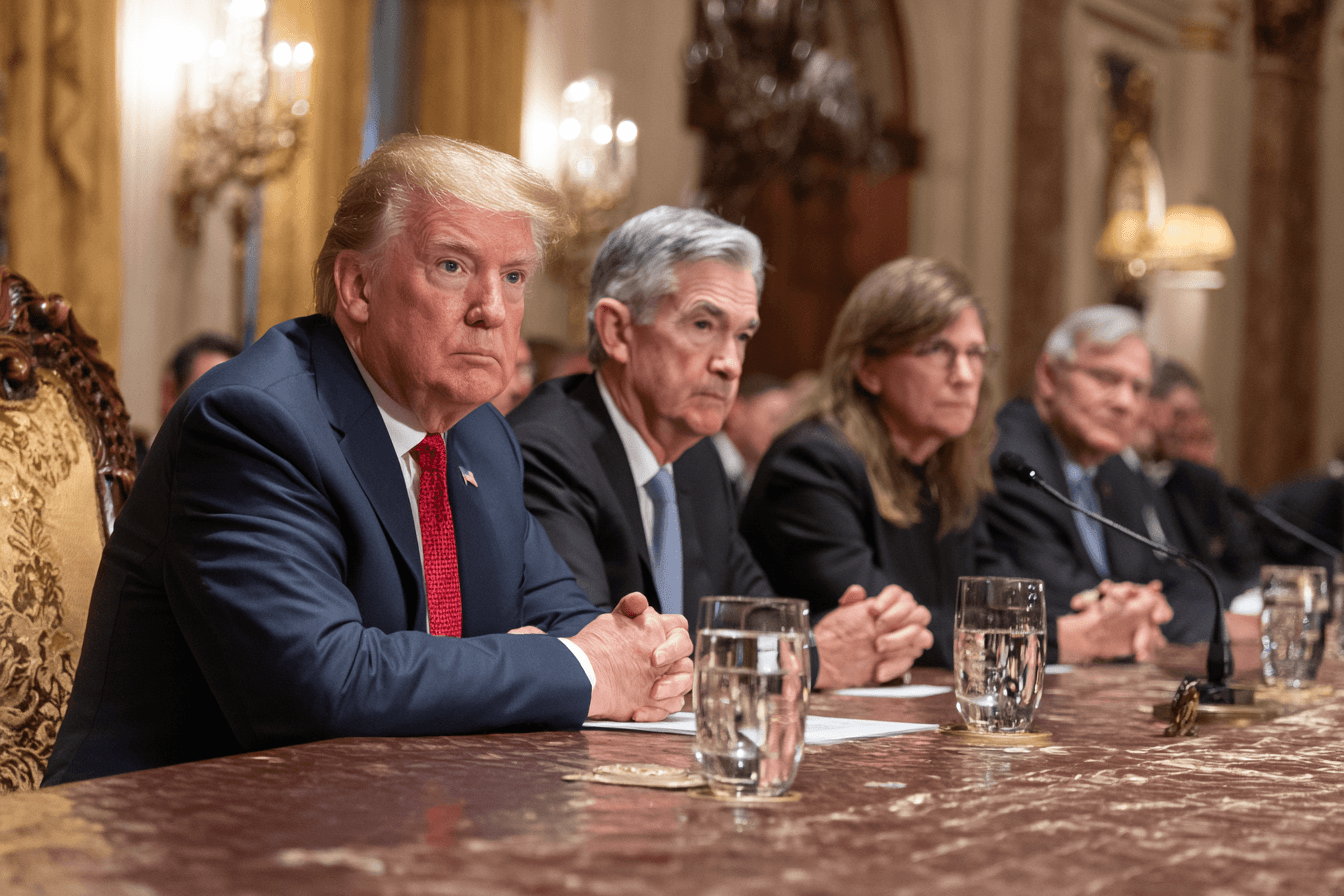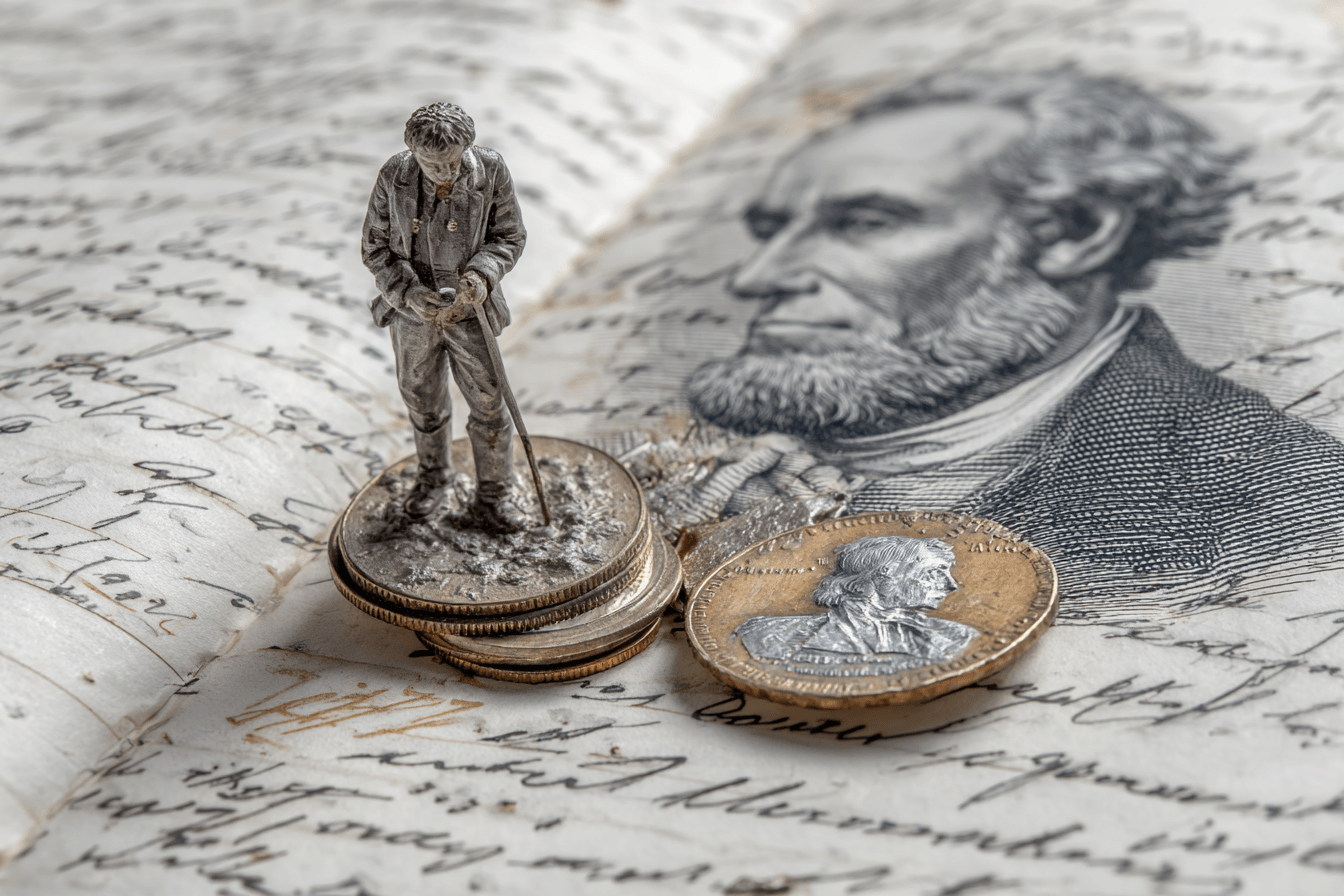
THE ENDURING FORTRESS OF FEDERAL RESERVE INDEPENDENCE: A DELICATE DANCE WITH POLITICAL WINDS
In the grand theater of American economic governance, where the levers of power hum with the weight of trillions, there exists a bastion of autonomy that has long stood as a bulwark against the tempests of political expediency. The Federal Reserve, that enigmatic institution born from the ashes of financial panics in 1913, embodies a principle as old as the republic itself: the separation of monetary policy from the whims of elected officials. Imagine, if you will, the echoes of Alexander Hamilton's fervent debates in the fledgling days of the United States Treasury, where the need for an independent financial arbiter was not merely theoretical but a safeguard against the chaos of unchecked executive influence. Hamilton, in his Report on a National Bank of 1790, argued for a central entity insulated from “the caprice of the moment,” a sentiment that resonates profoundly in today's discourse on the Fed's role. Yet, as President Donald Trump circles this fortress with his characteristic bravado, demanding lower interest rates to fuel his vision of economic resurgence, a fascinating paradox emerges. The Fed's independence may remain inviolate, but the inexorable tide of economic data, particularly the recent cascade of underwhelming jobs reports, could inadvertently hand him the very prize he seeks. This opinion piece delves into this intricate interplay, weaving historical tapestries with contemporary analysis to illuminate why the Fed's separation from the White House is not just a legal nicety but a vital pillar of democratic capitalism, and how, despite it all, Trump might yet prevail through the subtle machinations of market realities.

The Historical Imperative of Central Bank Autonomy
Lessons from the Ages
To grasp the profundity of the Federal Reserve's independence, one must journey back through the annals of economic history, where the perils of political meddling have repeatedly sown seeds of disaster. Consider the Weimar Republic in the early 1920s, where hyperinflation ravaged Germany not because of inherent economic flaws, but due to a central bank beholden to government demands for endless money printing to fund war reparations. Prices doubled every few days, eroding the social fabric and paving the way for authoritarian ascent, a stark warning etched in the collective memory of economists. Closer to home, the United States' flirtations with fiscal overreach offer poignant analogies. During the Nixon administration in the 1970s, President Richard Nixon famously pressured Federal Reserve Chairman Arthur Burns to keep interest rates low ahead of the 1972 election, a maneuver that contributed to the stagflation crisis, rampant inflation, coupled with stagnant
growth, which plagued the decade. As Burns later reflected in his diaries, the political heat was intense: “The White House wanted easy money, and I was the one who had to deliver it.” This episode underscored a timeless truth: when politicians wield direct control over monetary policy, the temptation to prioritize short-term electoral gains over long-term stability becomes irresistible.
The Federal Reserve Act of 1913, forged in the crucible of the Panic of 1907, was Congress’s deliberate response to such vulnerabilities. It established a system where the Fed’s Board of Governors serves staggered 14-year terms, shielding them from immediate presidential reprisals, while the chair's four-year tenure can only be terminated “for cause,” a high bar that has never been successfully invoked. This structure, as articulated by former Fed Chair Ben Bernanke in his memoir The Courage to Act, ensures that “monetary policy decisions are made based on the best available evidence and analysis, rather than on political considerations.” Bernanke's words echo the Fed’s dual mandate: to foster maximum employment and price stability, free from the distortions of the electoral calendar. In practice, this independence has yielded tangible benefits. Studies from institutions like the Brookings Institution reveal that nations with autonomous central banks experience inflation rates that are 2-3% lower than those without, fostering environments where businesses invest confidently and consumers spend without fear of eroding their purchasing power. It’s a delicate equilibrium, akin to the checks and balances envisioned by James Madison in The Federalist Papers, where he warned against the “accumulation of all powers... in the same hands” as a recipe for tyranny.
Yet, this autonomy is not absolute; it is a congressional grant, revocable by the very body that bestowed it. The Federal Reserve Reform Act of 1977 formalized the dual mandate, but as recent discussions in Fortune and Reuters highlight, proposals to alter it, perhaps emphasizing employment over inflation control, could subtly erode the Fed's insulation. Enter President Trump, whose administration has tested these boundaries with unprecedented vigor. From his early tweets lambasting Chair Jerome Powell as an “enemy” for rate hikes in 2018 to his recent demands for the Federal Reserve Board to “wrest full control” from Powell, Trump embodies the archetype of a leader chafing against institutional restraints. His rhetoric harks back to Andrew Jackson’s infamous war on the Second Bank of the United States in the 1830s, where Jackson, viewing the bank as an elitist cabal, vetoed its charter renewal and plunged the nation into the Panic of 1837. Jackson's populist fury, while politically triumphant, unleashed economic turmoil that lingered for years, a cautionary tale for modern times. Trump, however, has relented somewhat, signaling he won’t fire Powell before his term ends in May 2026, perhaps heeding warnings from figures like JPMorgan CEO Jamie Dimon, who has publicly decried such encroachments as threats to “the fabric of our economy”.

Trump's Shadow Over the Fed
Pressure Without Direct Power
Despite these historical guardrails, Trump’s influence looms large, not through legal fiat but through the sheer force of his public persona and policy agenda. He cannot unilaterally dismiss Powell; legal experts concur that the “for cause” clause protects against whimsical firings, as affirmed in cases like
Humphrey's Executor v. United States (1935), which upheld the independence of regulatory commissions. Nor can he dictate interest rate decisions; the Fed’s Open Market Committee operates with a veneer of technocratic detachment, basing moves on data rather than decrees. Powell himself has been steadfast, declaring in a July 2025 press conference that “the Fed's decisions are guided by our mandate, not by political pressures,” a statement that directly rebuffed Trump's calls for immediate cuts.
But here’s where the narrative twists with creative irony: Trump may not need to breach the fortress walls to claim victory. His economic blueprint, tariffs, tax cuts, and deregulation, create a backdrop that could compel the Fed to act in ways that align with his desires. Trump has long advocated for rates as low as 1-2%, arguing they would alleviate the burden of the national debt (now exceeding $35 trillion) and supercharge growth. While the Fed has resisted dismissing such demands as inflationary risks, especially with tariffs potentially hiking import costs, the ground is shifting beneath them. As economist Paul Krugman noted in a recent New York Times column, “Political independence doesn’t mean ignoring reality; it means responding to it without bias.” If economic indicators sour, the Fed’s hand may be forced, delivering lower rates not as a concession to Trump, but as a fulfillment of its mandate.
This dynamic evokes the era of Franklin D. Roosevelt’s New Deal, where FDR’s aggressive interventions during the Great Depression pressured the Fed into accommodative policies without formal subjugation. Roosevelt’s famous “fireside chats” rallied public opinion, much like Trump’s social media salvos, creating an atmosphere where the central bank felt compelled to adapt. Today, Trump’s nomination process for Powell’s successor adds another layer. With Treasury Secretary Scott Bessent self-withdrawing from contention- Trump quipped in a CNBC interview, “I love Scott, but he wants to stay where he is”- the field narrows to candidates like Kevin Hassett or Kevin Warsh, both aligned with Trump's low-rate ethos. Bessent, a hedge-fund veteran turned Trump defender, had criticized the Fed’s $2.5 billion headquarters renovation as wasteful, even suggesting it as “cause” for Powell's removal, a bizarre episode culminating in Trump and Powell donning hard hats for a televised spat at the construction site. Yet Bessent’s preference for his Treasury role underscores the administration’s strategic pivot: install a sympathetic chair in 2026, ensuring future policies tilt toward White House priorities without immediate confrontation.

The Turning Tide
Recent Jobs Reports and the Path to Rate Cuts
At the heart of this unfolding drama lies the recent trilogy of U.S. jobs reports, spanning May to July 2025, which have painted a portrait of an economy teetering on the edge of slowdown. These reports, far from abstract statistics, are the lifeblood of the Fed's decision-making calculus, and their implications could inadvertently grant Trump his coveted interest rate reductions. Let’s dissect them with the precision of a master storyteller unraveling a plot twist.
The May report, initially heralded as robust with 272,000 jobs added, was later revised downward by 111,000 to a more modest 161,000, a revision that whispered the first hints of labor market frailty.
Unemployment held at 4.0%, but underlying metrics, such as a dip in manufacturing employment amid tariff uncertainties, signaled vulnerabilities. June followed suit, with an original estimate of 206,000 jobs slashed by 147,000 in revisions, landing at 59,000, a figure that economists at Morningstar described as “stall speed,” where growth barely outpaces population increases. The unemployment rate ticked up to 4.1%, and wage growth slowed to 3.9% annually, easing inflationary pressures but raising alarms about consumer spending power.
Then came July’s bombshell, released on August 1, 2025, which shattered expectations like a thunderclap in a serene narrative. Employers added a mere 73,000 jobs, half the forecasted 150,000, while the unemployment rate climbed to 4.2%, triggering the so-called Sahm Rule, an indicator of impending recession when the three-month moving average rises 0.5 percentage points above its 12-month low. Revisions compounded the gloom: May and June’s combined downward adjustments totaled 258,000 jobs, painting a picture of an economy shedding momentum faster than anticipated. Sectors like construction and retail bore the brunt, with temporary help services declining for the 14th straight month, a harbinger of broader hiring freezes. As Reuters reported, “The labor market cracks are widening,” with the diffusion index (measuring job growth breadth) plunging to its lowest since the pandemic.
Over these past three months, interest rates have not budged from their 4.25%-4.50% perch, a deliberate hold by the Fed to combat lingering inflation, which stood at 3.0% in June. Powell, in his post-July meeting remarks, acknowledged progress on prices but stressed the need for “greater confidence” before cuts, defying Trump’s exhortations. Yet, the jobs data’s cumulative weight is reshaping the landscape. Markets, even the prescient narrators, have priced in an 80% chance of a September quarter-point cut, up from 40% pre-July report, with some betting on a half-point slash. This shift recognizes the Fed’s dual mandate tipping toward employment support, as two governors dissented in July for immediate easing. As Fed watcher Mohamed El-Erian opined in a Bloomberg piece, “The data is screaming for action; independence means heeding the evidence, not ignoring it”.
Historically, such pivots mirror the Fed's response to the 2001 dot-com bust, where Chair Alan Greenspan slashed rates 11 times in a year to avert recession, drawing criticism for fueling the housing bubble but averting immediate calamity. Or recall Paul Volcker’s bold rate hikes in the 1980s to tame inflation, enduring political backlash from President Reagan but restoring stability, a testament to independence's value. In Trump’s case, the irony is poetic: his tariffs, projected to add 0.5-1% to inflation, might ordinarily deter cuts, but the jobs slowdown could overpower that, handing him lower rates to finance deficits and stimulate investment. If September brings a cut, it would mark the first easing in over a year, potentially cascading into further reductions if data persists, aligning with Trump’s agenda without compromising the Fed’s core autonomy.

A Deeper Analytical Lens
Balancing Acts and Future Horizons
Delving deeper, this scenario invites a creative exploration of game theory in economics, where the Fed and White House engage in a non-zero-sum dance. Trump’s public criticisms, while ostensibly
futile, serve to frame the narrative, much like a chess grandmaster’s feints distracting an opponent. By nominating allies like Michelle Bowman or Christopher Waller for key roles, he positions the board for 2026, when Powell’s term expires. Warsh, a former Fed governor, has echoed Trump’s low-rate views, stating in a 2025 interview, “Monetary policy should support growth, not hinder it”. This strategic patience contrasts with immediate aggression, reminiscent of Lyndon Johnson’s subtle pressures on Fed Chair William McChesney Martin, who famously quipped that the Fed was “independent... within the government,” not apart from it.
Quotes from luminaries amplify the stakes. Economist Milton Friedman, in his seminal A Monetary History of the United States, warned that “inflation is always and everywhere a monetary phenomenon,” underscoring why political insulation prevents abuse. Today, as the July jobs report reverberates, Fed Governor Christopher Waller’s recent speech hinted at flexibility: “If the labor market weakens further, we must respond accordingly”. This data-driven ethos could yield Trump’s desired cuts, perhaps totaling 1-2% by year's end if unemployment climbs to 4.5%, per Morningstar projections. Yet, risks abound: premature easing might reignite inflation, especially with Trump's tariffs, echoing the 1970s missteps.
Analytically, the past three months’ stasis on rates, despite mounting pressure, affirms independence’s resilience. No cuts occurred in May, June, or July 2025, with the Fed’s July 30 decision holding steady amid Trump’s demands. But the reports’ downward trajectory, from May’s revised 161,000 jobs to July's 73,000, builds a compelling case for change, potentially fulfilling Trump’s wishes through economic necessity rather than capitulation.

Envisioning the Path Forward
Independence as Economic Poetry
In this elaborate symphony of policy and politics, the Federal Reserve's independence emerges not as a rigid doctrine but as a living, breathing entity, adaptable yet resolute. Historical analogies, from Jackson’s bank war to Nixon’s stagflation, remind us of the chaos that ensues when breached. Trump’s quest for lower rates, while thwarted directly, may find fruition in the recent jobs malaise, a narrative twist worthy of a bestselling thriller. As we stand on the precipice of potential September cuts, the lesson is clear: true economic stewardship demands separation from political arms, ensuring decisions serve the nation, not the administration. In the words of John Maynard Keynes, “The difficulty lies not so much in developing new ideas as in escaping from old ones.” May the Fed continue to escape, even as it navigates the winds of change.

Oliver N.E. Kellman, Jr., J.D. Managing Partner & Executive Managing Director
"The difficulty lies not so much in developing new ideas as in escaping from old ones." – John Maynard Keynes— Oliver N.E. Kellman, Jr., J.D.
Follow me
ABOUT
Created with © systeme.io



